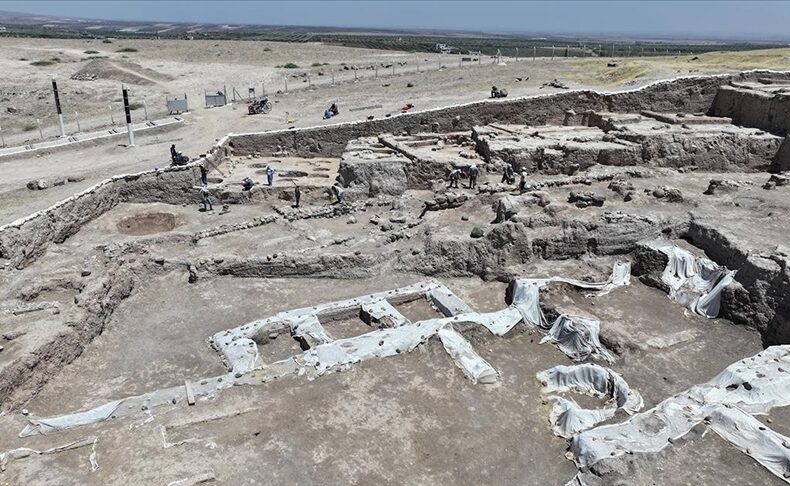
2025 Excavations Begin at Oylum Höyük, a Major Administrative Center of the Hittite Period
Archaeologists have launched the 2025 excavation season at Oylum Höyük, one of the largest archaeological mounds in southeastern Türkiye, located near the Syrian border in Kilis. The site, known for its strategic importance during the Hittite Empire, is yielding new clues about political and administrative structures in the Late Bronze Age.
The excavation is being carried out under the auspices of the Turkish Ministry of Culture and Tourism, in collaboration with Gaziantep University and the Governorship of Kilis. Leading the 30-member excavation team is Prof. Dr. Atilla Engin, Chair of the Archaeology Department at Gaziantep University.
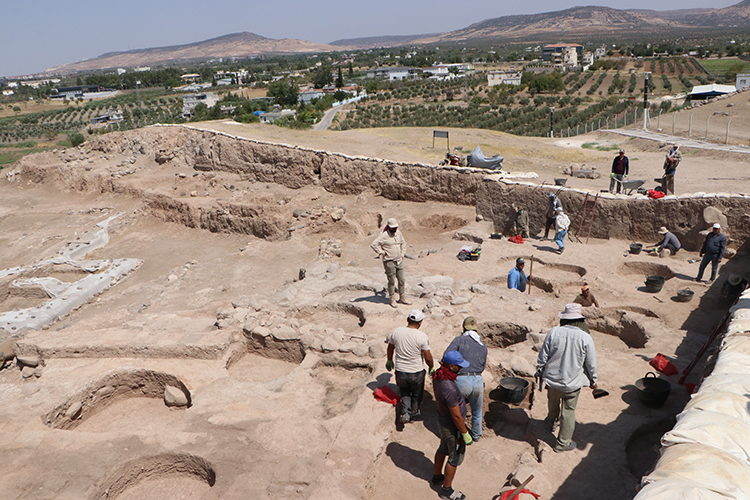
Uncovering the Hittite Imperial Layer
Prof. Dr. Engin stated that the main objective of the 2025 campaign is to investigate the layer dated to the Hittite Imperial period. “Oylum Höyük served as a significant administrative center during the Bronze Age. Previous excavations uncovered monumental architecture and a palace complex from an earlier period, while the Hittite layer revealed an imposing administrative structure,” he noted.
Numerous seal impressions and royal stamp seals discovered in past seasons provide compelling evidence that the site played a central role within the Hittite state system. These findings suggest that Oylum Höyük may correspond to Ukulzat or Kuilzila—important cities mentioned in Hittite texts as part of the kingdom of Nuhašše.
📣 Our WhatsApp channel is now LIVE! Stay up-to-date with the latest news and updates, just click here to follow us on WhatsApp and never miss a thing!!
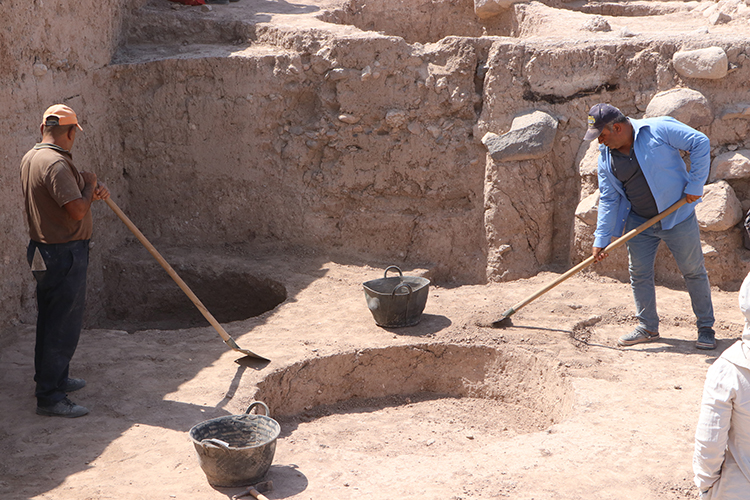
Hittite Archives in the Making?
The current excavations aim to uncover more written tablets, seal impressions, and other administrative records to help reconstruct the political landscape of southern Anatolia during the Hittite Empire’s rule. The team is particularly focused on understanding the function and layout of the architectural remains within the Hittite layer.
A Long-Term Archaeological Endeavor
Oylum Höyük is not only one of the region’s largest mounds, but it also hosts one of the longest-running archaeological projects in southeastern Türkiye. Its strategic location and rich stratigraphy have made it a key site for understanding Bronze Age statecraft, trade, and interregional diplomacy.
As the 2025 season progresses, archaeologists hope that new discoveries will shed further light on the role of Oylum Höyük within the broader Hittite geopolitical network—offering fresh perspectives on one of the ancient Near East’s most influential empires.
Cover Image Credit: Overview of the 2025 excavations at Oylum Höyük in Kilis, Türkiye — one of the region’s largest mounds and a key administrative hub during the Hittite Empire. İbrahim Özcan/AA
You may also like
- A 1700-year-old statue of Pan unearthed during the excavations at Polyeuktos in İstanbul
- The granary was found in the ancient city of Sebaste, founded by the first Roman emperor Augustus
- Donalar Kale Kapı Rock Tomb or Donalar Rock Tomb
- Theater emerges as works continue in ancient city of Perinthos
- Urartian King Argishti’s bronze shield revealed the name of an unknown country
- The religious center of Lycia, the ancient city of Letoon
- Who were the Luwians?
- A new study brings a fresh perspective on the Anatolian origin of the Indo-European languages
- Perhaps the oldest thermal treatment center in the world, which has been in continuous use for 2000 years -Basilica Therma Roman Bath or King’s Daughter-
- The largest synagogue of the ancient world, located in the ancient city of Sardis, is being restored

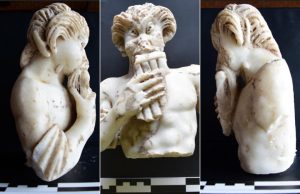
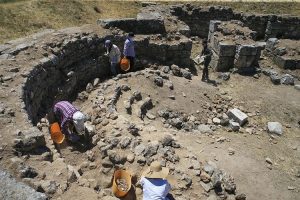
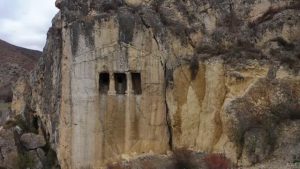
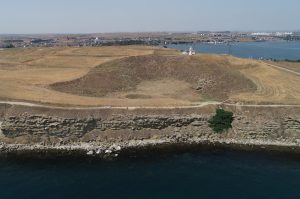
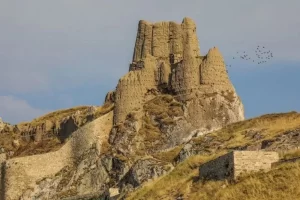
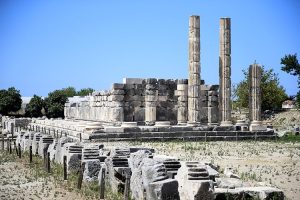


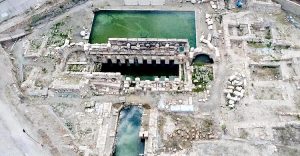
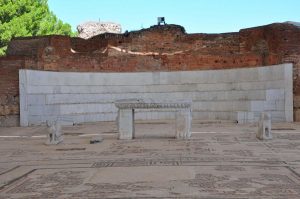
Leave a Reply